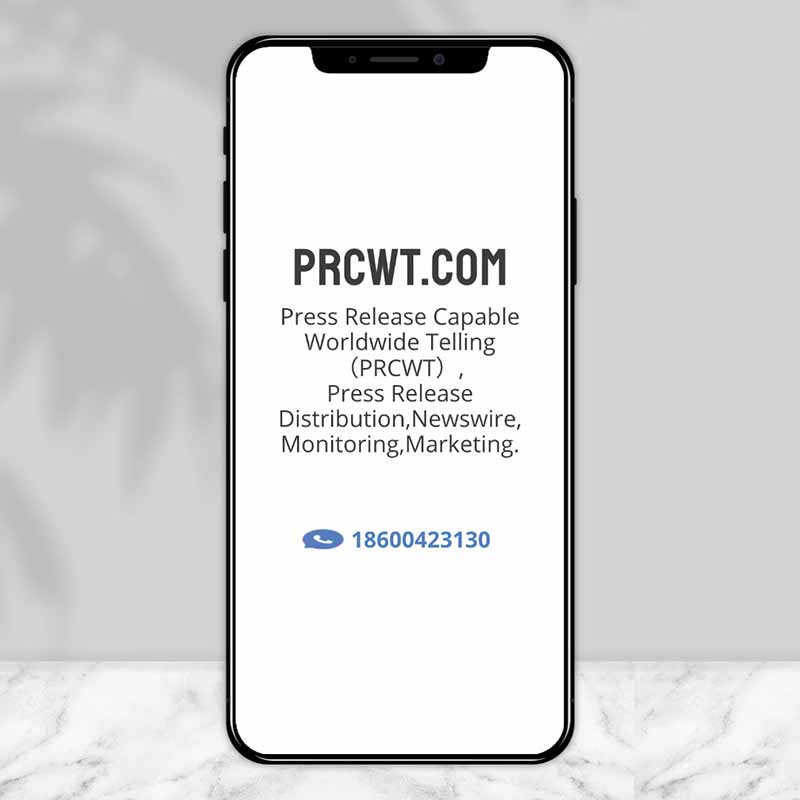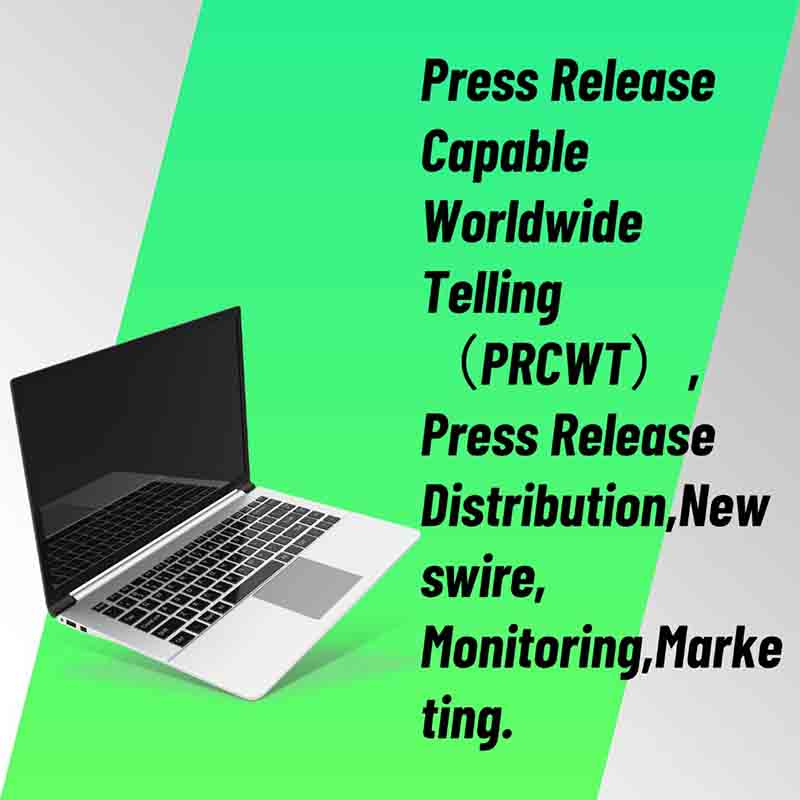In the digital age, media monitoring has become an essential tool for businesses and organizations. It involves the systematic tracking and analysis of various media sources to gather information about public sentiment, brand perception, and market trends. With the vast amount of data available, media monitoring provides valuable insights that can help companies make informed decisions and stay ahead in a highly competitive landscape.
According to recent industry reports, the global media monitoring market is expected to grow at a significant rate in the coming years. This growth can be attributed to the increasing importance of digital media, the need for real-time information, and the growing demand for data-driven decision-making. As a result, more and more companies are investing in media monitoring solutions to gain a competitive edge.

One of the key benefits of media monitoring is its ability to provide real-time information. By continuously monitoring social media, news websites, and other online platforms, companies can stay up-to-date on the latest news and trends related to their brand and industry. This allows them to respond quickly to emerging issues and manage their reputation effectively.

Another important aspect of media monitoring is its role in brand perception management. By analyzing what people are saying about a brand, companies can identify areas for improvement and develop strategies to enhance their brand image. For example, if a large number of negative reviews are being posted about a product, the company can take steps to address the issues and improve customer satisfaction.
In addition to brand perception, media monitoring can also provide valuable insights into market trends. By tracking the popularity of different products and services, companies can identify emerging markets and develop new strategies to meet customer需求. For example, if a particular product is gaining significant traction in a particular region, the company may consider expanding its marketing efforts in that area.

However, despite its many benefits, media monitoring is not without its challenges. One of the main challenges is the sheer volume of data that needs to be analyzed. With so much information available, it can be difficult to sift through and find the relevant data. Additionally, media monitoring tools need to be able to handle the complexity and diversity of data sources, as well as the constantly changing nature of the media landscape.
To overcome these challenges, companies need to invest in advanced media monitoring solutions that are capable of handling large amounts of data and providing real-time insights. They also need to ensure that their teams are trained to use these tools effectively and interpret the data correctly.
In conclusion, media monitoring is a powerful tool that can provide valuable insights for businesses and organizations. By continuously tracking and analyzing media sources, companies can stay ahead in a highly competitive landscape, manage their reputation effectively, and make informed decisions. However, to fully realize the benefits of media monitoring, companies need to invest in the right tools and strategies and ensure that their teams are trained to use them effectively.